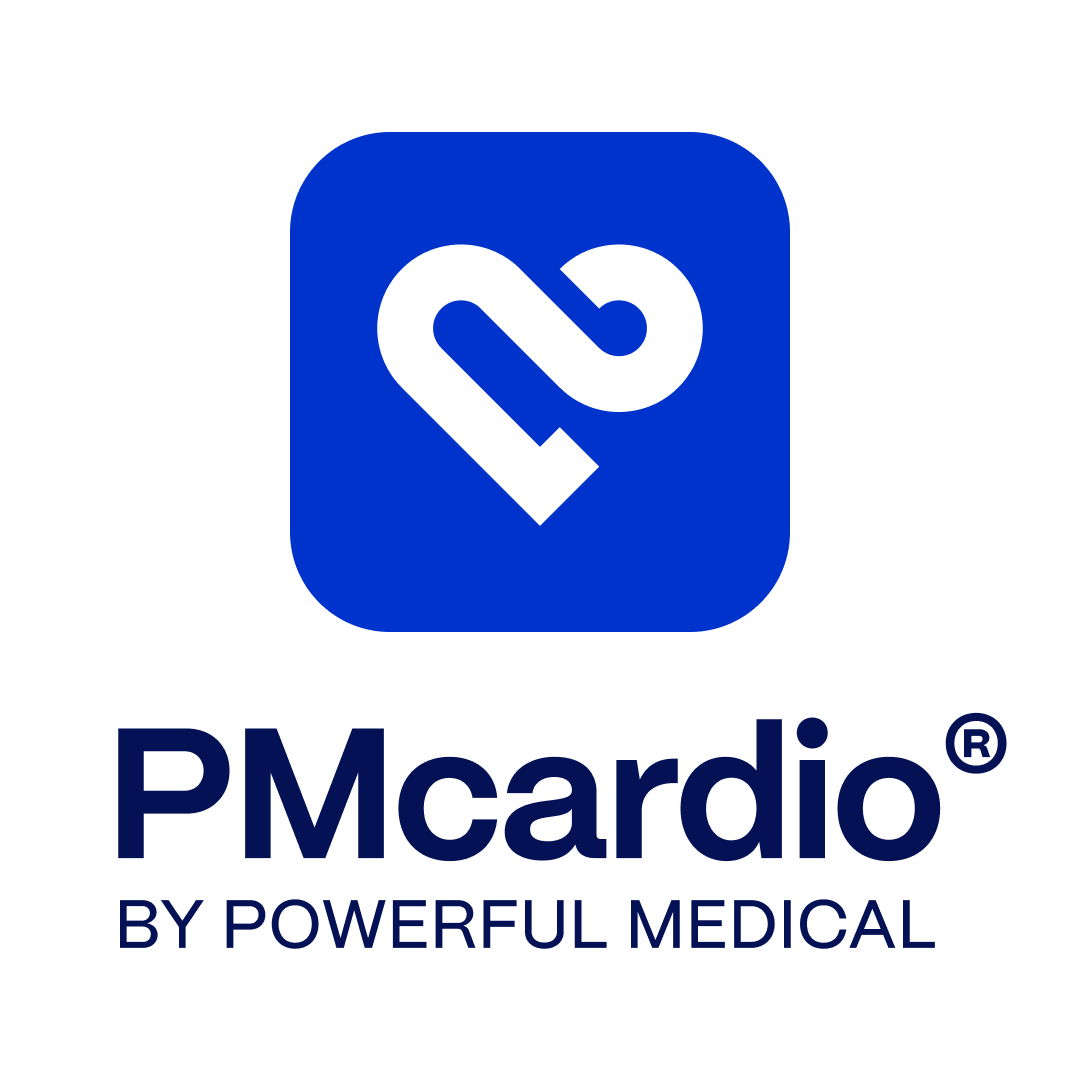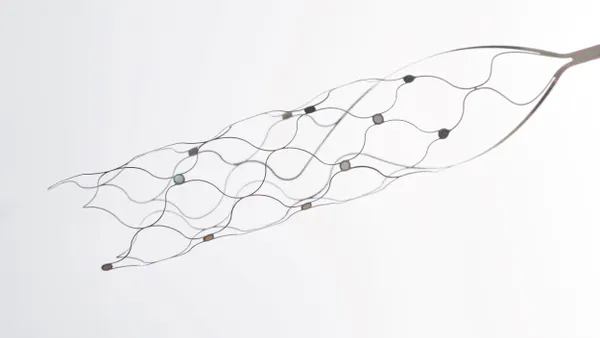Dive Brief:
-
Startup Perfuze received FDA breakthrough device designation for its catheter-based technology for treating acute ischemic stroke, the company announced Wednesday.
-
The device is designed to remove clots from the brains of patients who have suffered strokes, thereby restoring blood flow.
-
Perfuze raised roughly $3 million in seed funding earlier this year but faces the challenge of entering a field currently fought over by companies including Johnson & Johnson, Medtronic and Stryker.
Dive Insight:
Physicians now have a range of stroke treatment options available to them, from clot-busting drugs and other medicines intended to restore blood flow through to devices that retrieve clots. None of these options are a panacea, resulting in ongoing interest in the development of interventions that are effective longer after the onset of stoke or can handled large vessel occlusion.
Perfuze has said little publicly about its technology, which it claims could "provide superior clinical outcomes in shorter procedural times," but the people behind the business have a track record of success.
The company was co-founded by Wayne Allen and Liam Mullins, who previously set up vascular embolization device developer Embo Medical and led it to a takeover by C.R. Bard. As at Embo, Allen and Mullins are respectively working as CEO and chief technology officer of Perfuze.
Using the seed funding raised earlier this year, Allen and Mullins are working to advance the device, known as Millipede CIS. The breakthrough designation could help that effort by providing Perfuze with the chance to talk more frequently with FDA. The device could also be reviewed faster by FDA.
The history of the breakthrough designation suggests it may be some time before Perfuze benefits from the expedited review, if it happens at all. In the four years since starting the breakthrough program, FDA has granted the status to around 190 devices. As of July, 11 breakthrough devices had come to market in the U.S., primarily through the premarket approval process.
Companies that succeed in getting breakthrough devices to market are set to benefit from additional perks in the future. Earlier this month, CMS finalized an alternative reimbursement system for FDA-authorized devices with breakthrough status used in inpatient settings. CMS is also working on a new reimbursement system for breakthrough outpatient devices.











